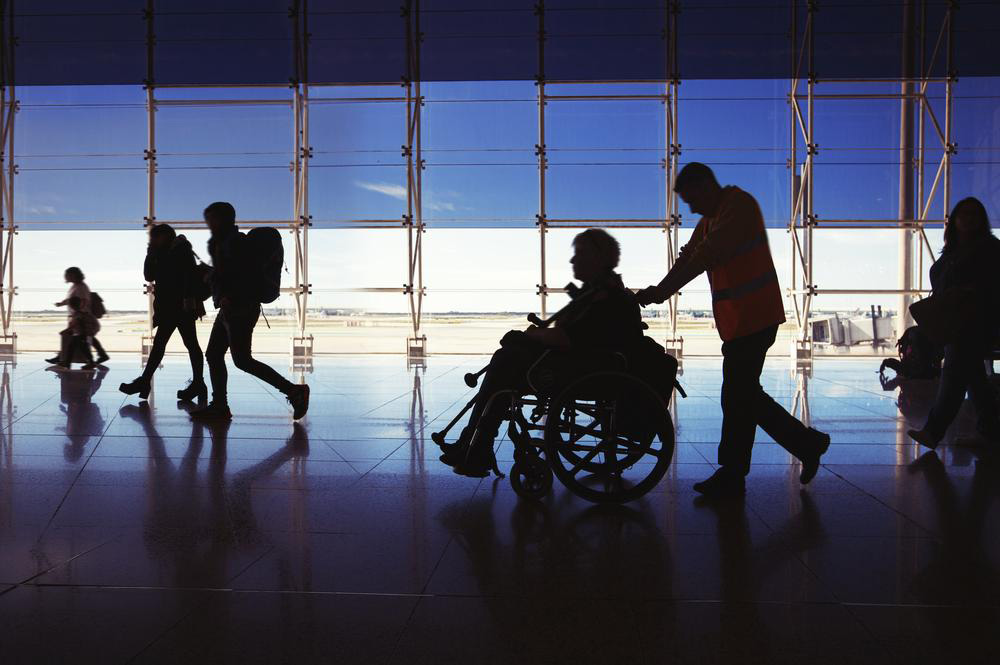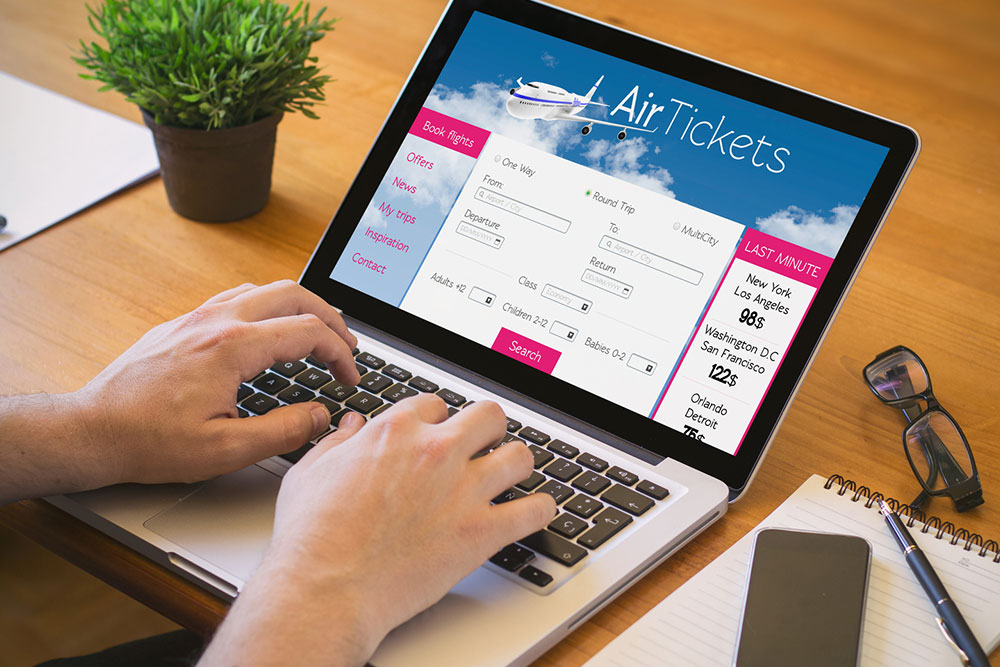Essential Tips for Comfortable Air Travel for Travelers with Disabilities
This guide offers essential tips for travelers with disabilities to ensure a seamless and comfortable flying experience. It covers necessary preparations such as accessible seating, informing airlines about specific needs, airport assistance, and onboard support. Making airline services aware of your requirements ahead of time helps prevent potential issues and ensures a safe journey for differently-abled travelers. Proper planning improves accessibility, comfort, and peace of mind during air travel.
Sponsored

Flying is often the most convenient way for individuals with disabilities to travel long distances. However, challenges can arise when navigating airports and aircraft. To ensure a smooth journey, it’s important to confirm certain airline services and policies before booking your flight. Essential steps include verifying seating arrangements, informing the airline about specific needs, arranging assistance at airports, and ensuring onboard support. Proper preparation helps make air travel accessible, safe, and comfortable for everyone.
• Secure comfortable seating: Airlines are obliged to provide suitable seating accommodations. When booking, confirm that your airline offers accessible seating options at departure and arrival points. For example, if flying with United Airlines, request assistance for boarding and ensuring your specialized seating devices are accommodated.
• Notify the airline in advance: While some disabilities may not require prior notice, others, like needing oxygen support, do. Contact your airline beforehand to inform them of your specific needs, such as attaching medical devices or requesting special assistance. It’s wise to review airline policies related to passenger notifications to avoid last-minute complications.
• Travel arrangements for attendants: If you require an attendant, confirm that the airline provides an adjoining seat for them. For travelers who are independent, check if the airline permits solo travel with necessary medical documentation and understand any restrictions for safety reasons.
• Airport assistance: Most airlines, including United, provide wheelchairs and other support devices at airports. Verify the types of assistance offered for navigating security, boarding, and deplaning. Ensure staff are trained to support travelers with disabilities, helping with security procedures, and providing information throughout the process.
• Onboard support: Whether traveling alone or with a helper, inquire whether the airline assigns accessible seating and provides personalized safety briefings. Confirm that onboard assistance services are available to enhance comfort and safety during the flight.
Ensuring you understand and utilize airline support services makes air travel more accessible, secure, and pleasant for travelers with disabilities.






